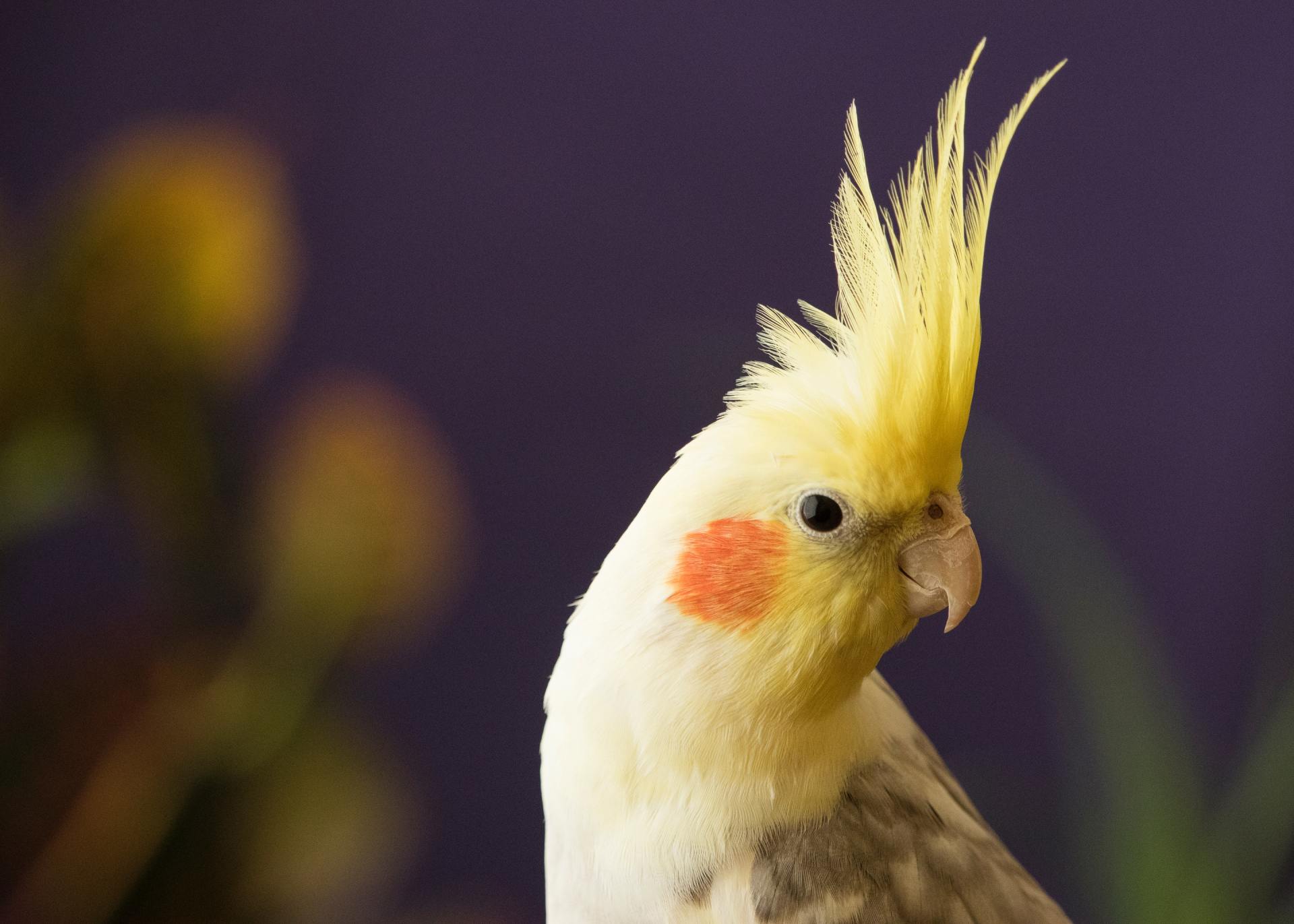Anxiety In Dogs
Anxiety in dogs is a common concern among pet owners, manifesting through various behaviors such as excessive barking, restlessness, and destructive actions. Understanding the root causes and symptoms of anxiety is crucial for effective management. Factors like separation from owners, fear of loud noises, and lack of socialization can trigger this condition. Research shows that consistent training and environmental enrichment can significantly reduce anxiety levels in dogs. This article explores the signs, causes, and treatment options for anxiety in dogs, providing owners with practical strategies to ensure their pets lead calm, happy lives. By addressing this issue, owners can improve their dogs’ quality of life and strengthen the bond they share with their furry friends.
Did you know that Fido can get anxious and nervous, just as we can? Anxiety in dogs can be tricky to spot, as many of the warning signs are easily mistaken for simple bad behavior. A Galena, MD vet discusses doggy anxiety in this article.
Types Of Anxiety
Fido can be afflicted by several kinds of anxiety. Separation anxiety is a common one. As the name suggests, this is an anxiety dogs develop when they are isolated too much. There’s also age-related anxiety, which can happen as Fido grows older and begins to get confused and forgetful. If you aren’t sure what is bothering your canine pal, reach out to your vet.
Signs
The signs of doggy anxiety can vary quite a bit. It really depends on the pooch! Some pups will channel their angst into things like digging and chewing. Others may pace, bark, or whine. Fido may soil inside the house, or engage in pica, which is the term for eating things that aren’t food. Your furry buddy may get very clingy. Or, if his anxiety is tied to certain triggers, such as loud noises, he may hide a lot.
Management
If you know or suspect that your pooch has anxiety, you’ll want to sort out what it is that’s bothering him. That will determine what methods you should use. That said, there are a few general rules of thumb to keep in mind. First and foremost? Make sure that your canine companion has lots of toys, and that he’s getting enough exercise. These things will give him a safe, healthy way to work off his angst. If your four-legged friend is upset by specific stimuli, such as thunder, desensitization training may help. Your vet may also recommend calming products, such as treats, sprays, or weighted shirts.
Tips
To effectively manage anxiety in dogs, avoid punitive measures for accidents like indoor soiling, as this can intensify their stress. While it’s appropriate to comfort your dog when scared, excessive coddling can be counterproductive, potentially leading your dog to seek attention through fearful behavior. For tailored strategies to address your dog’s anxiety, consulting your veterinarian is advisable.
Biological Mechanisms of Anxiety in Dogs (2025)
What are the biological and physiological mechanisms behind anxiety in dogs?
Anxiety in dogs is driven by complex biological and physiological processes. The amygdala and hypothalamus in the brain regulate fear and stress responses, activating the sympathetic nervous system. This triggers the release of stress hormones like cortisol and adrenaline, leading to physical symptoms such as increased heart rate, rapid breathing, and muscle tension. Neurotransmitters like serotonin and GABA also influence anxiety levels. Chronic anxiety can cause imbalances in these neurotransmitters, potentially altering brain function. Genetics, combined with environmental stressors, further contribute to a dog’s anxiety responses.
How does breed predisposition affect a dog’s likelihood of developing anxiety?
Breed predisposition significantly influences a dog’s risk of developing anxiety. Dogs bred for high alertness or sensitivity, such as herding breeds like Border Collies and Australian Shepherds, are often more prone to anxiety due to their innate vigilance. Small breeds, including Chihuahuas and Toy Poodles, may exhibit heightened separation anxiety. Genetic factors affecting neurotransmitter function and stress responses play a role, but environmental influences and individual experiences can modify these inherent tendencies, affecting any breed’s overall susceptibility to anxiety. Proper socialization and training can mitigate anxiety, regardless of breed predisposition.
What is the importance of obedience training in managing and preventing dog anxiety?
Obedience training is vital for managing and preventing anxiety in dogs as it establishes clear communication and trust between the dog and owner. Training sessions reinforce a sense of structure and security, helping to alleviate anxious behaviors by providing mental stimulation and confidence. Regular practice of commands and positive reinforcement enhances the dog’s adaptability and emotional resilience, enabling them to cope better with stress-inducing situations. Moreover, obedience training fosters a stronger bond, crucial for a dog’s emotional support and overall well-being, thus reducing anxiety triggers.
Is it helpful or harmful to comfort an anxious dog?
Comforting an anxious dog can be beneficial, but it must be done appropriately to avoid reinforcing fearful behavior. Gentle reassurance can help soothe a dog during moments of anxiety, especially when it doesn’t lead to excessive coddling. Over-comforting, however, may inadvertently teach the dog that symptoms of anxiety gain attention, potentially exacerbating the issue. Balancing comfort with normalcy is critical. Offering a calm presence and engaging in normal activities can provide stability, helping the dog to feel safer without becoming overly dependent on human intervention for reassurance.
How can situation avoidance be used as a strategy to manage dog anxiety?
Situation avoidance involves preemptively identifying and reducing exposure to triggers that cause anxiety in dogs. This strategy can be highly effective, especially for dogs that react to specific stimuli like loud noises or crowded spaces. By minimizing a dog’s encounters with these stressors, you can decrease their overall anxiety levels and prevent the onset of stress-induced behaviors. Additionally, integrating this approach with other management techniques such as desensitization training and the use of calming aids can offer a comprehensive solution to managing canine anxiety effectively.
Do you have questions or concerns about your dog’s health or care? Contact us, your Galena, MD veterinary clinic, today!




